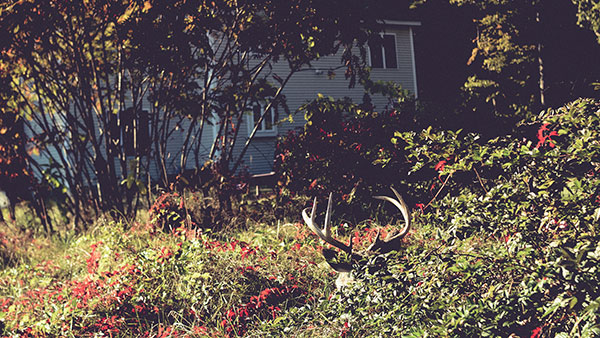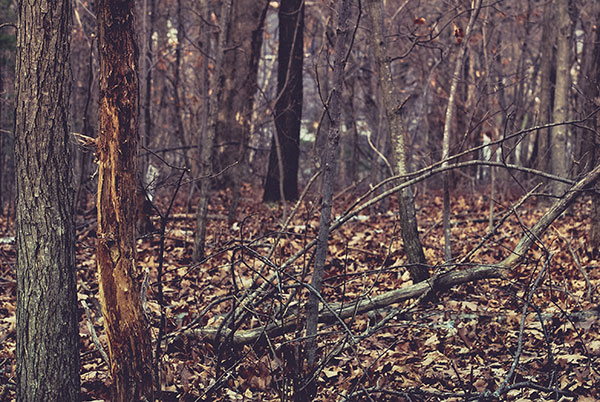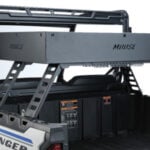LAST UPDATED: May 1st, 2015
Big buck hunting, be it in rural or suburban America, is a mindset- not a method. There is a fundamental difference between trying to find big bucks and trying to find big bucks in your hunting area. Many of us will find ourselves doing just that; searching the areas we already have permission hoping that this year there’s a big buck, hoping for potential encounters with our next trophy.
To truly begin to be a suburban big buck hunter, you must start by just simply finding a big buck. There are a plethora of classic methods to accomplish this, whether its trail cameras, scouting, or word of mouth. What we need to keep in mind when searching for suburban giants is that there is no such thing as too small or too large a track of land. More importantly, you must first find the buck and then work on finding a place to harvest it.
Clever Whitetails will use highway medians, bushes in yards, backyards, swamps; anything that years of constant human exposure has taught them to avoid- you, the hunter. That means, as I have always stressed, thinking less like a hunter (which tends to give us rural tendencies) and more like non-hunters, and deer who take comfort in non-hunter activity.

Classic conditioning is at the core of understanding suburban bucks and how they behave. Years of experience with direct contact with humans have made them understand that there are two types of humans- hunters and non-hunters. They will casually live in the backyard of a non-hunter, eat from the bushes and watch humans inside their homes, because years of conditioning has told them that they are safe.
We must learn how to not limit ourselves in this search. Perhaps, for example, hanging cameras on properties that may be open to hiking but not hunting can find you a big buck. Although you cannot hunt the deer in that location, you have bridged the first gap- you have found a buck. Now you must think of how to legally harvest the buck that you have found.
The answers to these riddles are found by asking the right questions. What properties nearby can I hunt? Where will this buck potentially go to rut? How large is this buck’s core area? Does he wander onto huntable land? Yes, there are cases of whitetails that you just cannot find a way to hunt, but that is far less common than you think.
Now that we have established that there is a fundamental difference between looking for a big buck and looking for a big buck on your properties, let’s look at the next gap in thinking. Many hunters will limit the knowledge they have on a buck to only the location they can hunt. In theory, if you have already scouted bucks in non-hunting areas, you may have some intelligence on your potential next trophy’s behavior.
I cannot stress enough that in suburban hunting, you can never have enough information on the big buck you are hunting. We need to know where they bed (even if you cannot hunt there), where they eat (even if it’s someone’s front yard)- all of this information pieces together to make the larger puzzle more obvious.

In a recent email collaboration with a hunter that had read my book, he asked if I could help him out on finding a big buck he had been hunting for a couple years. After reviewing the aerial images he had sent me, I asked him if he had checked a small stretch of woods trapped between houses on all sides. His response was that he had never checked it because he cannot hunt it.
After two years of trail camera pictures and no physical sightings, he found himself standing face to face with the big buck in this small patch of woods that he previously viewed as irrelevant to his hunt. Although he still cannot hunt this small piece, he now understands where the deer is coming from, can begin to track where he is going and start to unravel a two year mystery.
This knowledge could be just what it takes to make the right call for a set-up on these clever animals, which at some point can slip up. This season, I stress for all of us to look at the bigger picture and not limit our information gathering. Start looking for big bucks and what they are doing, and not what you are limited to do.






